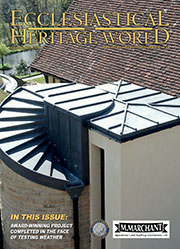Lost wall paintings restored at Church of the Sacred Heart, Caterham
 The Church of the Sacred Heart, Caterham, Surrey contains a significant scheme of wall paintings by Joseph Aloyisius Pippet (1840-1903) executed for the Hardman Company between 1890 and 1892. Over the years they had become damaged by water ingress, movement of soluble salts, abrasive cleaning, modern varnish application and over-painting with impermeable paints.
The Church of the Sacred Heart, Caterham, Surrey contains a significant scheme of wall paintings by Joseph Aloyisius Pippet (1840-1903) executed for the Hardman Company between 1890 and 1892. Over the years they had become damaged by water ingress, movement of soluble salts, abrasive cleaning, modern varnish application and over-painting with impermeable paints.
Read more: Lost wall paintings restored at Church of the Sacred Heart, Caterham
Church video system for Church of the Good Shepherd, Surrey
 Newtech Southern was asked to submit a proposal for replacing the church video and audio system at the Church of the Good Shepherd in Surrey. After several meetings to ensure that the new system design was adequate to meet the needs of the church Newtech was awarded the contract to design, install and commission a new audio visual system.
Newtech Southern was asked to submit a proposal for replacing the church video and audio system at the Church of the Good Shepherd in Surrey. After several meetings to ensure that the new system design was adequate to meet the needs of the church Newtech was awarded the contract to design, install and commission a new audio visual system.
Read more: Church video system for Church of the Good Shepherd, Surrey
Leadwork project at Ayrshire landmark steeped in history
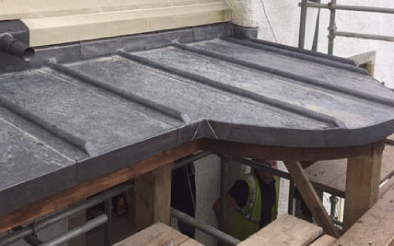 Aiket Castle near Dunlop is one of the most recent heritage leadwork projects by Ayrshire-based leadwork and roofing specialists Nova Contracts Ltd - and the building is steeped in history. Nova Contracts are working with main contractor Renaissance Masonry Construction Ltd.
Aiket Castle near Dunlop is one of the most recent heritage leadwork projects by Ayrshire-based leadwork and roofing specialists Nova Contracts Ltd - and the building is steeped in history. Nova Contracts are working with main contractor Renaissance Masonry Construction Ltd.
Aiket Castle itself was a four storeyed square tower typical of the residences of the lesser barons, originally surrounded by a moat and built by the Cunninghames soon after they acquired the land in 1479. Following the murder of the 4th Earl of Eglinton the castle was destroyed and then rebuilt, with an extension, in 1592. In 1734 the castle was sold and the new owners attempted to remodel the castle as a Georgian semi-classical mansion, removing the top storey in the process.
Read more: Leadwork project at Ayrshire landmark steeped in history
Yorkshire churches' artworks benefit from an expert touch
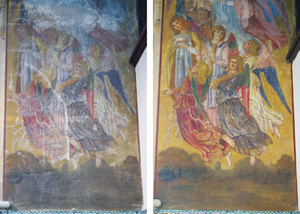 Based in Harrogate, Everingham Conservation provides a high-quality service for the conservation and restoration of fine art and decorative surfaces. David Everingham trained at the University of Northumbria, where he gained an MA in the conservation of fine art.
Based in Harrogate, Everingham Conservation provides a high-quality service for the conservation and restoration of fine art and decorative surfaces. David Everingham trained at the University of Northumbria, where he gained an MA in the conservation of fine art.
Read more: Yorkshire churches' artworks benefit from an expert touch
Enhancing your online experience
 Michelmersh marks the start of 2018 with further innovation in the form of its newly released contemporary website. This significant upgrade has improved the layout, design and functionality of www.mbhplc.co.uk for an ever-increasing customer base. The fresh interface follows an intuitive composition which can allow visitors to seamlessly explore the site to reach their desired page. The site also features updated download areas for the news, gallery, technical and BIM (Building Information Modelling) sections.
Michelmersh marks the start of 2018 with further innovation in the form of its newly released contemporary website. This significant upgrade has improved the layout, design and functionality of www.mbhplc.co.uk for an ever-increasing customer base. The fresh interface follows an intuitive composition which can allow visitors to seamlessly explore the site to reach their desired page. The site also features updated download areas for the news, gallery, technical and BIM (Building Information Modelling) sections.
New AV system helps church become community hub
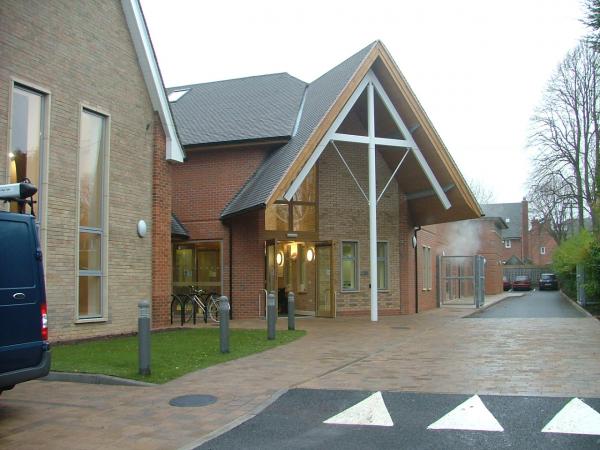
Churchgoers at Littleover Methodist Church near Derby are hoping their new £1.9m base will become a hub of the community. The renovated church boasts a new sports hall, cafe, two function rooms, a prayer room and dedicated pre-school area - as well as a tank for rain water harvesting.
On top of all this it also has a linked sound and AV system so that services can be heard in rooms throughout the building.
Reggiani keeps the faith at Victorian Chapel
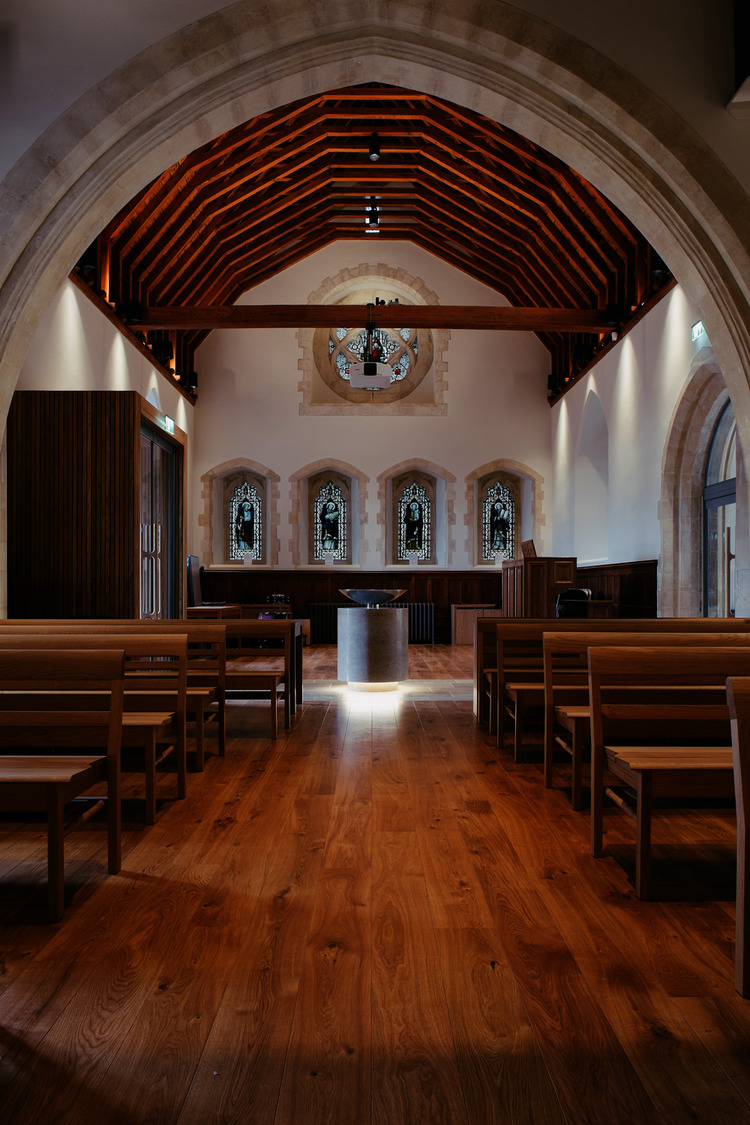 Lighting from Reggiani UK has been included in the restoration of the Victorian Chapel at the University of Winchester, to provide an energy-efficient, uniform lighting scheme. The project by Winchester based Design Engine Architects, has seen the restoration and renovation of the existing Chapel with an additional new extension created to be used as a side chapel.
Lighting from Reggiani UK has been included in the restoration of the Victorian Chapel at the University of Winchester, to provide an energy-efficient, uniform lighting scheme. The project by Winchester based Design Engine Architects, has seen the restoration and renovation of the existing Chapel with an additional new extension created to be used as a side chapel.
Historic clock paves the way for future expertise
 Turret clock and Harrison specialist, Chris McKay, last month worked alongside apprentices from clockmakers Smith of Derby to restore the James Harrison of Hull's clock which arrived at the company's Derby workshop on 22nd December.
Turret clock and Harrison specialist, Chris McKay, last month worked alongside apprentices from clockmakers Smith of Derby to restore the James Harrison of Hull's clock which arrived at the company's Derby workshop on 22nd December.
The preliminary analysis of the clock marks the first step towards a restoration which will see the piece reinstalled at the Derby Silk Mill as part of their renovation to become the Museum of Making 2020.
Read more: Historic clock paves the way for future expertise
LSA launches new App
 The Lead Sheet Association (LSA) are delighted to launch their new App, which uses the years of technical expertise gathered by their staff so leadworkers, contractors and specifiers can access key information at the touch of a button.
The Lead Sheet Association (LSA) are delighted to launch their new App, which uses the years of technical expertise gathered by their staff so leadworkers, contractors and specifiers can access key information at the touch of a button.
Drawing on the information in the LSA’s Manual, it will allow users to quickly find details to help with a range of technical issues, including a handy dual-purpose lap calculator for pitched roofs and cladding in varying circumstances.
The information covers all the basics you might need and is based on the application of Rolled Lead Sheet to BS EN 12588 and conforms to the installation standard of BS 6915.
Grants for the conservation of clocks
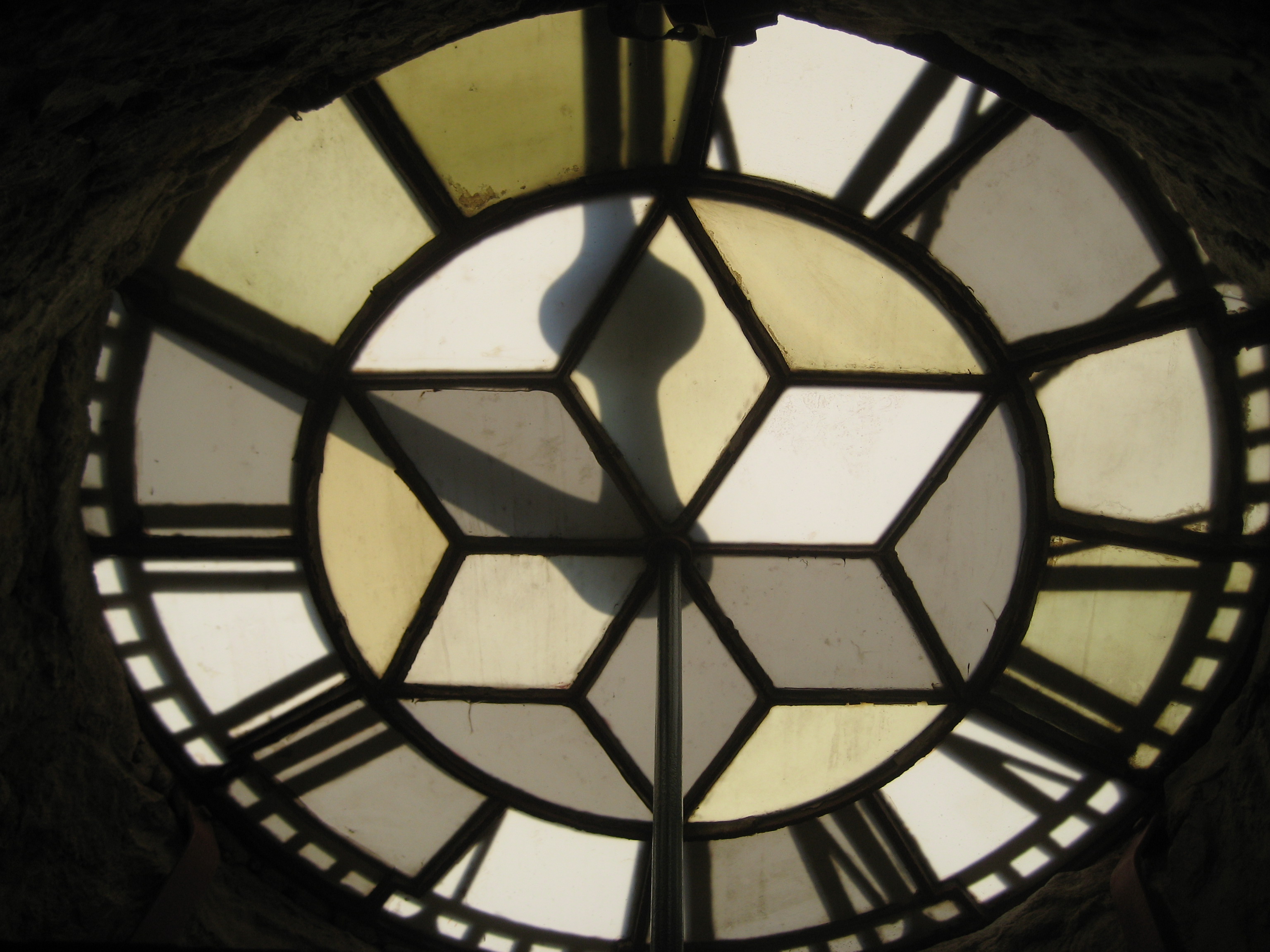
The next closing date for the ChurchCare Grants for the Conservation of Clocks is 5 March 2018, for a May funding decision. All mechanical clocks in Anglican churches in England are eligible, including early electro-mechanical clocks.
The project must involve overhaul and repair of the movement and/or dial motionwork. Repair and redecoration of the dial itself is only considered when the dial is ancient and of historical interest and the treatment is conservation-based.
Martin-Brooks bags Bowmer and Kirkland quartet
 Sheffield roofing specialists, Martin-Brooks, are undertaking a fourth major project in 12 months for one of the UK’s leading construction groups – this time, in their home city.
Sheffield roofing specialists, Martin-Brooks, are undertaking a fourth major project in 12 months for one of the UK’s leading construction groups – this time, in their home city.
The firm’s heritage experts are re-roofing St Vincent’s church on Solly Street in Sheffield city centre, as part of Bowmer and Kirkland’s transformation into a 574-bed student complex.
Martin-Brooks are carrying out extensive timber truss replacement in the 19th century Roman Catholic church before fully insulating and recovering it in new Spanish slates. Flat roofed areas and rainwater goods are also being replaced.
Prestigious building restored to former glory by Heritage Cob & Lime
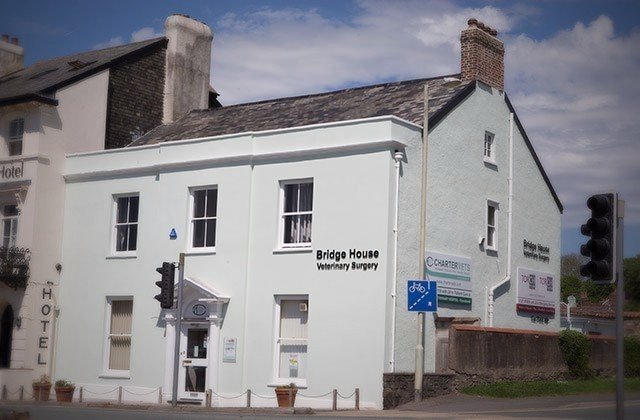
Bridge House Veterinary Surgery had a cement render which, over the years, had begun to crack and allow water ingress, the front elevation suffering the worst . Internally there were damp issues whilst outside some major problems were discovered that needed remedying. On removing the external cement render, specialists from Heritage Cob & Lime found a few challenges that needed immediate attention. Some of the roof timbers had been affected by damp ingress and were in a poor state, so they set about cutting out all decayed wood and replacing with new timbers. As work commenced on the top part of the front elevation, it was discovered that the parapet wall was moving away from the abutting wall.
Read more: Prestigious building restored to former glory by Heritage Cob & Lime
The proud history of church sound specialist and leading ISCE member, Electronic Audio Systems Ltd
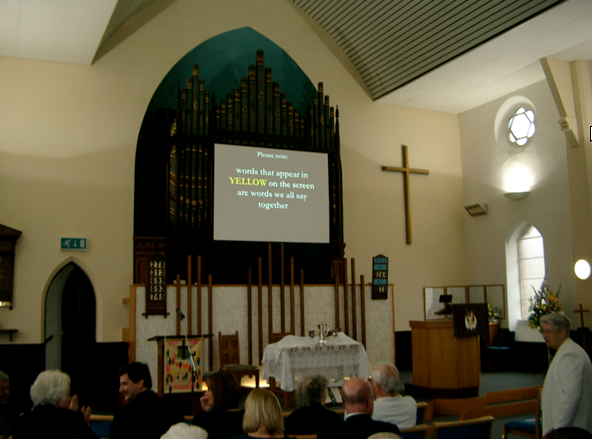 Electronic Audio Systems Ltd has a long, proud and successful history since it was formed by Mr Eric Sawkins in 1988 and has hundreds of church sound system installations, mainly in London and the home counties.
Electronic Audio Systems Ltd has a long, proud and successful history since it was formed by Mr Eric Sawkins in 1988 and has hundreds of church sound system installations, mainly in London and the home counties.
Prior to the birth of the company, Eric had served an electronics engineering apprenticeship with Marconi at Chelmsford and then worked for various UK public address manufacturers and designers.
Meanwhile, after leaving school, Brian Latham served an apprenticeship with the GPO (now BT) and worked for them for 13 years.
Eric always supported the various Trade Associations that have represented the UK industry that he served. In the mid 1980s Eric was a board member of the Association of Public Address Engineers, as was Brian Latham.









